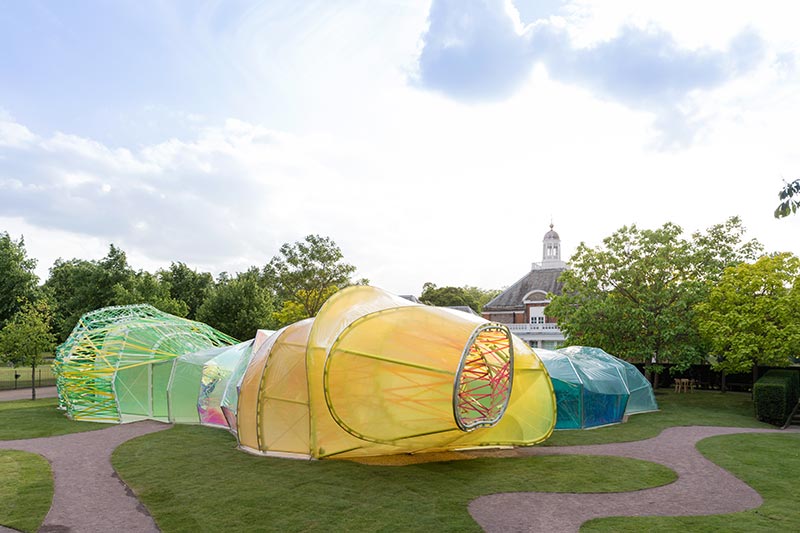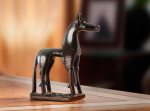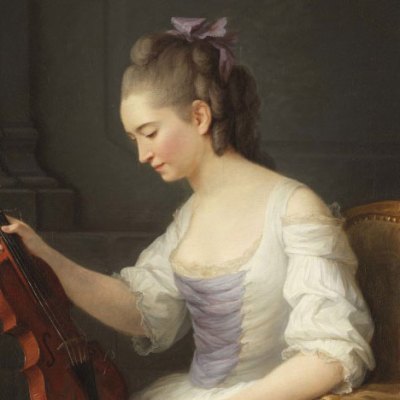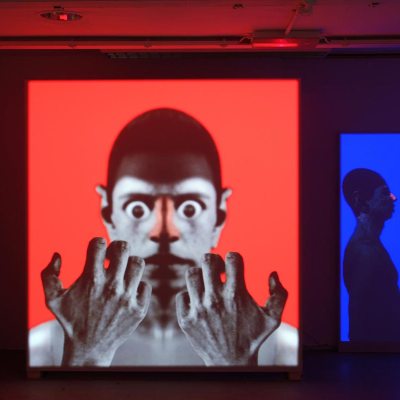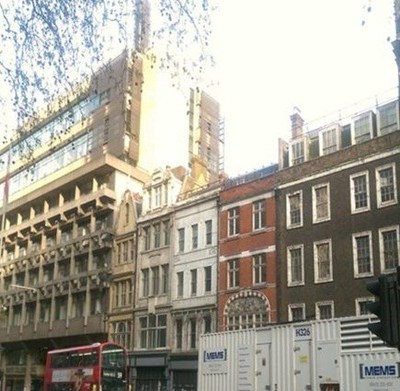Digby Warde-Aldam explores the best and worst of art in London…
It’s been a funny old fortnight. Minutes after I filed the last instalment of this diary, I had to rush to the V&A to meet my mum. She had tickets to the Alexander McQueen show (open until 2 August) – and judging by the queues I’d seen lining the Brompton Road ever since it opened, missing one’s time slot was not the done thing.
If you met me, it would take only the briefest glance to assess my understanding of fashion. Namely, that I am only vaguely aware of its existence. I suspect this causes my mother no end of embarrassment; she is a designer, and used to teach on the MA course at St Martin’s, back when it was plain old St Martin’s. Among her students was a boy who then went by the name Lee McQueen.
Installation view of ‘Savage Mind’ gallery, ‘Alexander McQueen Savage Beauty’ at the V&A. Credit: Victoria and Albert Museum
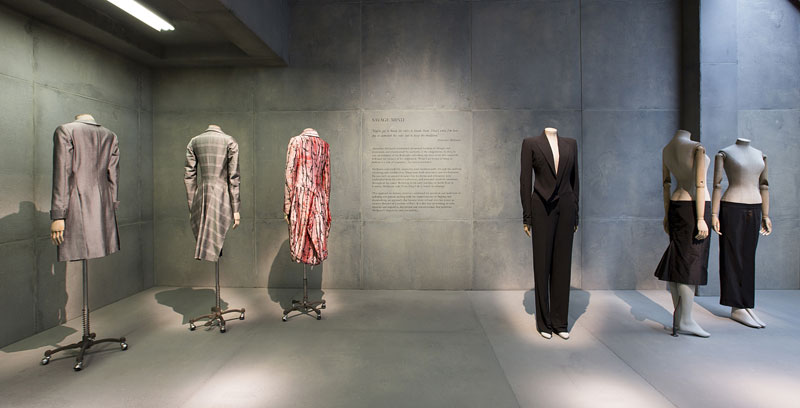
Was she surprised that, 25 years later, we were walking around a staggeringly opulent retrospective at her favourite museum? She was. McQueen hadn’t been the most memorable of her students. In fact, it was only after his first few collections had sold out that she began to understand the hype: it was all down to his beautiful tailoring, a talent he hadn’t showed off about at St Martin’s.
Walking around the show with her was fascinating – a crash course in how to look at clothes. I also got the point of McQueen himself: as in art, the greatest challenges for a designer are finding patronage and, of course, a distinctive creative identity. McQueen had his schtick honed to punky, gothic perfection by the time he unveiled his first collection.
The exhibition itself was marvellously theatrical. My only gripes were the gnomic quotes stencilled onto the walls: McQueen was an exciting designer, but the same cannot be said for him as a public speaker. Why bother trying to enshrine him as some sort of brand philosopher?
Installation view of ‘Romantic Exoticism’ gallery, ‘Alexander McQueen Savage Beauty’ at the V&A. Credit: Victoria and Albert Museum
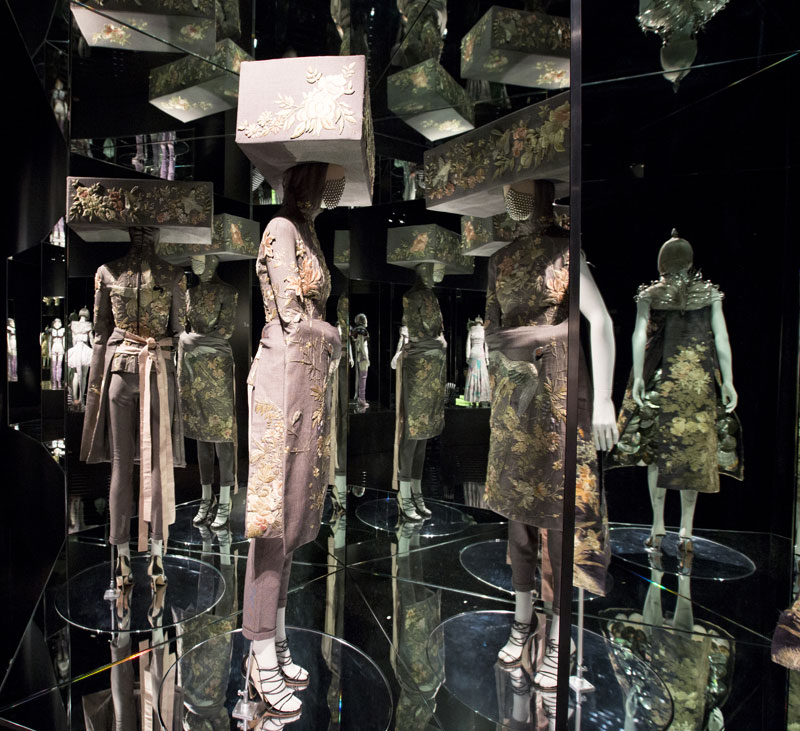
◎
A haze is wobbling its way up from the rooftops, and a food van is blasting out reggae from the street below. I’d be surprised if there’s a single plot of land between here and the Thames Estuary that doesn’t stink of grilled meat. I want to be in the park, drinking mid-price rosé and slagging off this year’s Serpentine Pavilion (until 18 October).
I’ll have to make do without the park and the rosé, but having walked up to visit the Pavilion last night, I can slag it off perfectly well from here. First of all, I’ll concede that it’s a good idea – on paper. A Po-Mo temple that riffs on Buckminster Fuller’s energy domes and the plastic play tents you get at kids’ parties? Cool.
The trouble is that in situ, its arch play on disposability feels merely… disposable. It’s small by the standards of the annual commission – not a bad thing in itself, but by comparison to, say, Smiljan Radić’s bonkers donut-cum-flying saucer last year, (which I wrote about here) it just doesn’t own the space. It’s a disappointingly uncharismatic partner to the two terrific exhibitions currently on show in the galleries themselves.
◎
I turned up for lunch at Bonhams the other day on two hours’ sleep. (Let me clarify: boringly, it was work that had kept me up.) We were at the auction house for a preview of its recent Contemporary sale. There were some interesting lots; an unusual, ceramic Concetto Spaziale by Fontana; a terrifying, psychedelic Anish Kapoor convex mirror, which looked for all the world as though it had been nicked from Jeff Koons’s ‘Celebration’ series; an outsized Warhol Dollar Sign from 1982, which I ended up sitting next to at lunch. It loomed over my place at the end of the table, quietly mocking pretensions to professionalism.
By the time it was made, Warhol was immensely rich, and the avant garde had disowned him as a ‘sellout’. Looking at his dollar signs and diamond paintings, it’s hard not to see their point. But, of course, Warhol knew exactly what he was doing. His real genius, I feel, was creating a bulletproof conceptual framework around his life and work, as amoral as it was impressive.
After the artist’s death, these late works were revisited by art historians as satirical art. Sorry, but I just can’t buy that. The Dollar Sign I saw is a naked celebration of what it represents. Unusually, Warhol even drew the source image himself – he couldn’t find an existing template he thought did the symbol justice.
◎
If you visit one gallery in the next two months, head straight for Kallos on Mayfair’s Davies Street. It’s an operation dedicated to ancient Greek art, and to describe its exhibits as ‘museum quality’ is to damn with faint praise: we’d have to be talking about quite some museum. The current show, ‘Kalesis’ (until 28 August), is enough to make you forget about contemporary art altogether.
Warhol’s dollar signs become irrelevant when confronted with an astonishing, smiling Archaic bust and arms of a korē from the 6th century BC. (Unless you really are very rich, it’s likely the prices here will be irrelevant to you.) This is the real deal – you need to come marvel at it. Then, when it all gets too much, head down to Sprüth Magers and get grossed out by the John Waters show (until 15 August). You’ll love it, however nauseous it makes you.
Related Articles
The fashion for film: large-scale projections are transforming museums (Katy Barrett)
Shells, rocks and follies: the Serpentine Pavilion 2014 responds well to its location (Zofia Trafas)
